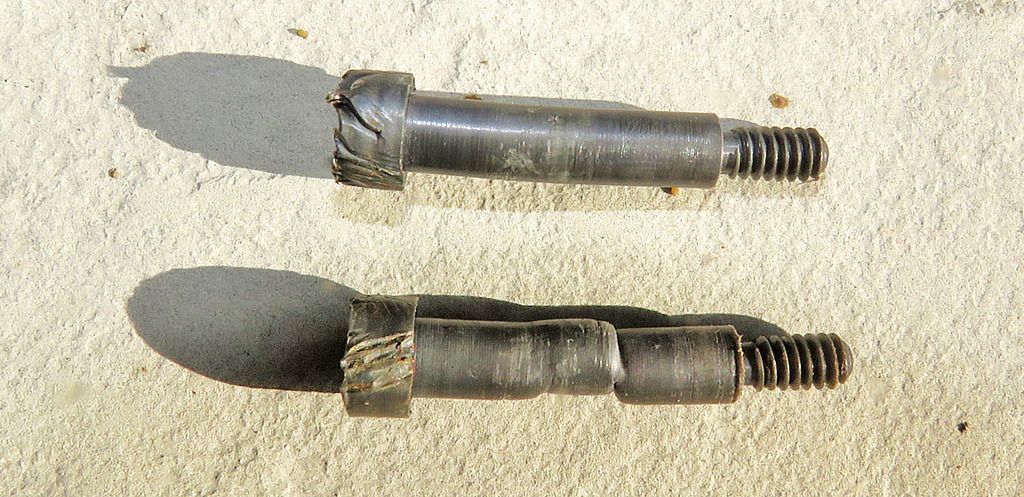FE!!! I'm not suggesting a steel pin! I've never suggested a steel pin, just the opposite. No where in your lecture do you point out why my (and Tom Lachner's) suggestion (Nylatron pins) are dangerous. Tom has estimated the Nylatron pins are much more resistant to wear than the Hobie pins and 25% more resistant to breaking. I use safety lines like you. My safety lines are designed to allow the pin to break, but prevent the ama/aka from folding in, at least initially. You can read about them here (way down at the bottom of the page.)
http://www.hobiecat.com/forums/viewtopic.php?f=70&t=7276&start=720 I've tested my safety lines in preventing an unbraced ama/aka from folding in at 8 mph. see
http://www.hobiecat.com/forums/viewtopic.php?f=70&t=7276&start=735 I have even posted your comments about shear pins and breaking forces on my "expedition" thread. That discussion is also on this lengthy page.
http://www.hobiecat.com/forums/viewtopic.php?f=70&t=7276&start=720Now, regarding capsizing and dying--of course, that can happen, although I have not heard of it. I am probably one of the real senior members of this forum. I don't like to talk about my age, but it is 81. I capsized my boat due to an aka pin failure last year, and it was totally unexpected. It was fully loaded for camping. I righted the boat without trouble, although it took some time because I was not prepared for it. Because of that capsize, I made numerous modifications to my AI 2. You can read about them here (top of the page)
http://www.hobiecat.com/forums/viewtopic.php?f=70&t=7276&start=750 A friend of mine, Royd Whedon, capsized his Tandem, and righted it in minutes. Did it twice. Royd is 68.
The real question is
"Do you want to chance unexpected breaking aka/ama brace shear pins with insta-capsize, or do you want to use a stronger pin on AI 2 and Tandems." I've chosen to use the somewhat stronger, more wear-resistant Nylatron pins.
BTW, you can read about my capsize and recovery here
http://www.hobiecat.com/forums/viewtopic.php?f=70&t=54465Keith









